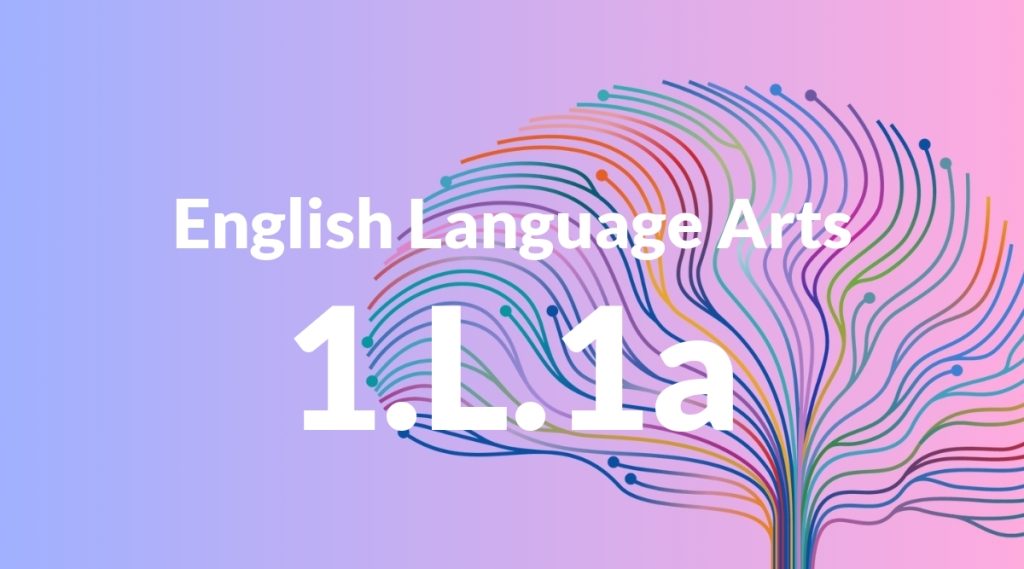Standard: 1.L.1a – Print all upper- and lowercase letters.
Grade level: Grade 1
Subject: English Language Arts
Domain: Language
Teacher Overview
This standard focuses on ensuring that first-grade students can print all upper- and lowercase letters correctly. Mastery of this skill is crucial as it forms the foundation for writing fluency and legibility, which are essential for effective communication. Before tackling this standard, students should be able to recognize all letters of the alphabet and have basic pencil control.
Mastering this standard will enable students to write sentences with proper letter formation and spacing, setting the stage for more advanced writing skills.
Common Misconception 1
One common misconception is that students might confuse letters that look similar, such as ‘b’ and ‘d’. This occurs because these letters have similar shapes and can be easily mixed up.
Intervention 1
To address this, teachers can use visual aids like posters and flashcards that highlight the differences, and mnemonic devices such as ‘b’ has a ‘belly’ and ‘d’ has a ‘diaper’.
Common Misconception 2
Another misconception is that students may not follow the correct stroke order, leading to improperly formed letters.
Intervention 2
Teachers can provide step-by-step instructions and practice sheets that guide students through the correct formation of each letter, emphasizing the starting point and direction of each stroke.
Prerequisite Knowledge
Students should be familiar with recognizing letters, both upper- and lowercase, and have basic fine motor skills for holding and controlling a pencil.
Subsequent Knowledge
Students will develop the ability to write sentences, understand proper spacing between words, and improve their overall handwriting legibility.
Instructional Activities
- Letter tracing worksheets
- Interactive whiteboard letter formation practice
- Alphabet writing games
- Daily handwriting practice
- Writing letters in sand or shaving cream
- Using playdough to form letters




